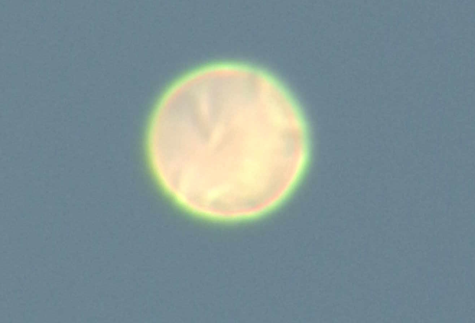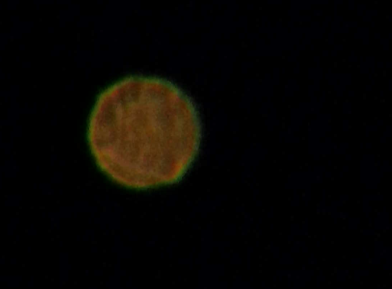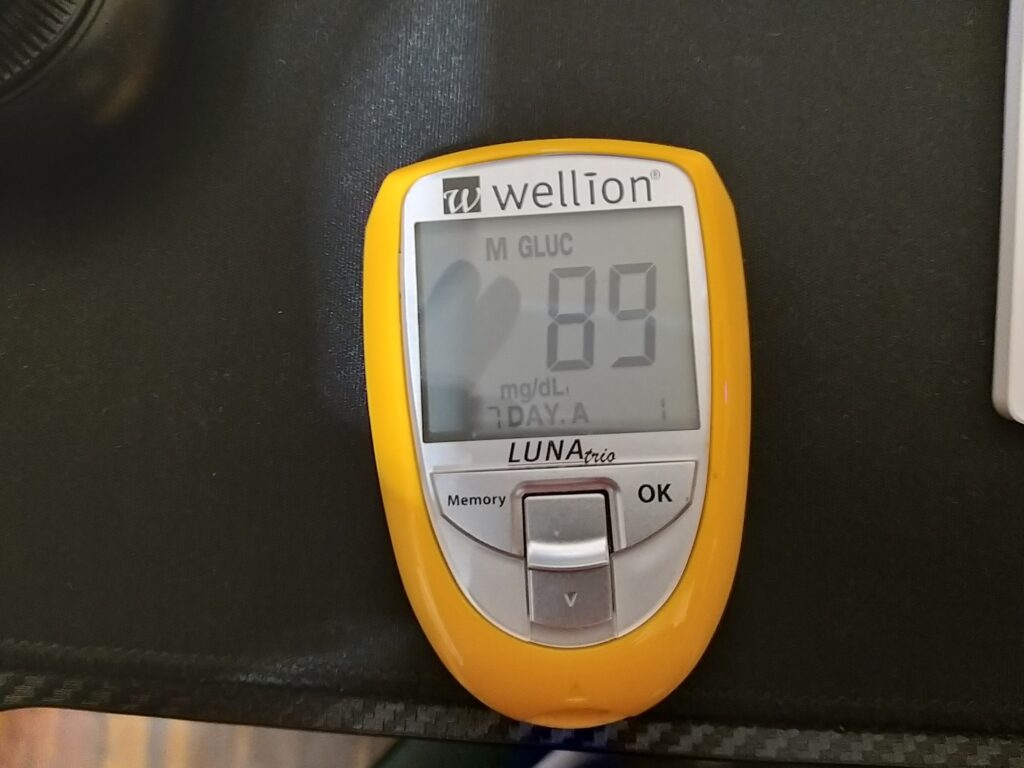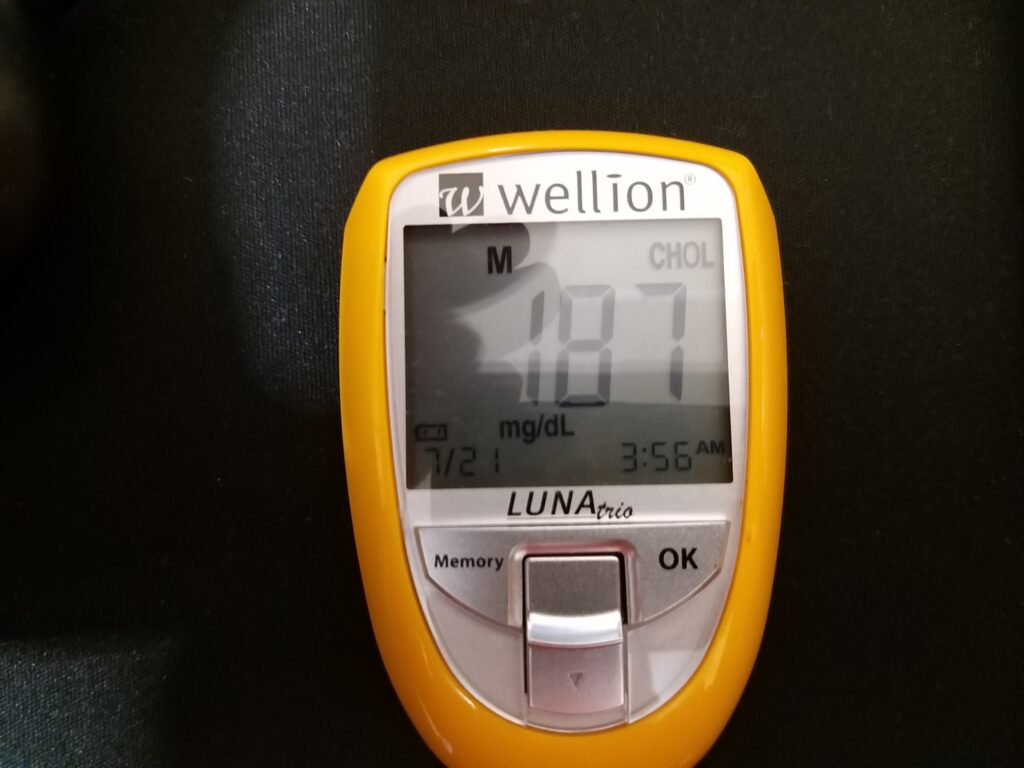Publicado: 25 de September de 2025 | Actualizado: 20/10/2025 a las 2:32:33 AM
When mobility is lost in old age, the main cause can be chromosome proteins and proteins formed in the Earth’s atmosphere.
Asteroids move through the solar system and carry viruses, and they are also made up of viruses. These asteroids, their mineral composition is mainly made up of phage viruses, and they carry other kinds of viruses. When these asteroids approach the orbits of planets, the mineral composition of the phage viruses explodes or disintegrates, releasing other kinds of viruses, which absorb the atmospheres of the planets in the solar system and form proteins in the atmosphere, which can give rise to atmospheric water.
When proteins form in the atmospheres of the planets in the solar system, they concentrate and form water, which aids the disintegration of asteroids in the solar system and helps cell chromosomes dissolve proteins, potentially leading to life forms on planets or habitable for humans.
The loss of mobility in old age is caused by the lack of viruses on planets transported by asteroids, which prevents the formation of gas and proteins in their atmospheres. These meteorites do not disintegrate and end up traveling to planet Earth or another planet in the solar system that contains water or oxygen. In the case of planet Earth, which contains the most water, if viruses are released, the atmosphere could cause an excess of proteins, which have difficulty dissolving with the chromosomes.
If older people regulate their chromosomes so that these meteorites dissolve in the atmospheres of the planets in the solar system, these chromosomes could better digest their proteins, because there is no atmospheric saturation, as on Earth. It’s important that their chromosomes recover or regenerate so that the part of the asteroid formed by phage viruses disintegrates in the atmosphere of a planet in the solar system that matches the chromosome.
Phage viruses explode in cells when exposed to oxygen, but not with water. If Earth’s atmosphere, due to the sun, is unable to dissolve water, proteins do not dissolve. If asteroids disintegrate on other planets, they could cool down because viruses form proteins in their atmospheres, and Earth’s atmosphere would heat up due to a smaller amount of protein.
Changing the subject, the leukocyte count is also important with the loss of mobility.
The loss of mobility in old age can be somewhat related to the leukocyte count. To correct these chromosomes that increase the leukocyte count, it’s important to reproduce chromosomes in neurons or to reproduce neurons for neurotransmitters, since more antibodies will be burned in cells. Glucagon and insulin chromosomes must also be reproduced in the pancreas, for more calories, due to the leukocyte count. Chromosomes must also be reproduced in the liver and kidneys to eliminate more waste, since more calories will be burned. It’s also very important for the pancreas to synchronize with cells, so that when cells transfer carbohydrates into the blood, it produces glucagon, and when leukocytes absorb carbohydrates, it produces insulin. Also, when the blood concentrates a lot of carbohydrates, it releases more insulin or increases the leukocyte count. If this occurs, chromosomes from the lungs may also be reproduced for physical improvement, and finally, testosterone from the testes or ovaries.
For me, the most important thing for the loss of mobility is. Reproducing chromosomes, for more neurotransmitters and more leukocytes in neurons, but this last one, it is important to know two types of antibodies that produce heat and others atmospheric water, knowing this, we must take into account that, when we regenerate a chromosome, it releases viruses and the DNA of the chromosomes, they have information of how many viruses are going to reproduce and knowing this, we have to recalculate the reproduction of chromosomes, to reproduce leukocytes in blood, for all these viruses that are going to reproduce and lower them when there are fewer since they are eliminated by the liver. It is important to know this detail of the viruses that are going to reproduce and aging can come from there, since when we are young, viruses reproduce more, due to more testosterone and they win the battle, since the more viruses, the fewer antibodies to exercise the muscles.
If this doesn’t occur in women, it is due to the transformation of planet Earth, with its heavy volcanic activity, the muscular release of antibodies, or asteroids of the male gender, which can create differences in the planets of the solar system.
It could be said that the second planet in the solar system can have the female gender, the third a male gender, and the fourth a female gender, and thus all the planets in the solar system, alternating from the first to the last. However, the compensation and travel time of the asteroids, to calibrate the planets, can be the cause of early improvement in one gender and later improvement in the other gender.
Another thing that could happen, and could be true, is that, in old age, these asteroids move between planets very slowly and out of reach of all the planets in the solar system. They could be late to experience an atmospheric change on the planet they’re traveling to, which makes it difficult for the asteroid to dissolve, potentially causing cancer, due to the planets’ water-poor atmospheres, for example. If an asteroid reaches this planet’s atmosphere early, the asteroid could dissolve the little water it has, releasing a bit of oxygen, necessary for chromosomes. And if, in old age, this asteroid arrives with an atmosphere poor in oxygen and water, which could be said to be no longer habitable, the cell molecules or the asteroid’s molecules are not metabolized or oxidized, causing death. In this case, the asteroid could crash into the planet, turning into dust and forming stones and rocks, not antibody dust.
It’s important to have comets, just like asteroids, because if only comets end up on planet Earth, it could cool down too much and cause protein problems.
Directing comets toward planets could activate chromosomes, and that’s already quite enough. If we notice that the chromosome is activated, it can be noticed when the cells take in oxygen for a few seconds, and after a while, we have stress or antibodies in the blood, which must be eliminated by the liver. This is because the chromosome is activated. Then we’ll need to know the quantity, to avoid problems with proteins and viruses like the flu.
If we are older and move little, the most advisable thing is to fly comets, whatever the speed, but always anticipating an asteroid arrival, which can be untimely or late, for the planet’s atmosphere when it dries out. But if we anticipate comet water, the planet’s atmosphere could accelerate twofold or suffer more atmospheric changes than usual.
Cell chromosomes could create extreme climates, and if they were on Earth, their habitat could be more difficult due to extreme cold and extreme heat. That’s why, sometimes, with the help of planets, we can recreate these extreme climates on planets other than Earth. Some planets are close to the Sun and others farther away, and chromosomes, to compensate for this effect of distance from the Sun, could favor chromosomes that produce heat on planets farther from the Sun, and chromosomes that produce cold or form water, for example, closer to the Sun. It should also be noted that, if life forms with atmospheric changes on planets, the first could be extreme beings, or those similar to those derived from atmospheric change on Earth.
This atmospheric effect could be as follows. For example, Venus has a more gas-rich atmosphere, as seen in this image of Venus of mine at 1600x magnification, which could slow its warming.

And this image of Mars, mine, at the same magnifications, a drier atmosphere in gases that could cause its warming.

The atmospheres of the planets could have a density that could communicate or collide with the atmospheres of other nearby planets when they align, and this collision causes the planets to take on new orbits around the sun.
The moons of planets could also create atmospheric pressure, depending on the distance and weight of the moon or moons, and the atmospheres of the planets in the solar system could be similar to Earth’s atmospheric pressure.
The loss of gravity of the moon, of planet Earth, could be due to the density of the moon’s atmosphere. You would float like water, but in gases. If the Earth had the same atmospheric density as the moon, the moon would fall into the Earth’s crust, and its orbits would be its atmospheric cogs.
In old age and with loss of mobility, who should reach the planet first, the comet or the asteroid? An asteroid can contain viruses, which would form the proteins that give density to the planet’s atmosphere, but without water, these proteins do not form density, nor are proteins formed. And when the planet gains density, because there were comets and asteroids, they must travel to a new, more distant planet, because that planet’s temperature could drop significantly, and the Sun would not heat it any further, due to opposing temperatures on planets that can affect microorganisms.
In the case of cancer in older age, it can be related to the pancreas, leukocyte antibodies, carbohydrates, and fats. It can happen that if there are prolonged periods of hot days and low atmospheric humidity, the carbohydrate metabolism mechanism changes and can be negative. For example, when the antibody doesn’t oxidize the cell or cell receptor, it becomes carcinogenic with that antibody because it blocks the chromosome. If it doesn’t oxidize, it suffocates the chromosome and the leukocytes’ organism. To prevent this from happening, the pancreas produces less insulin for the leukocytes. This is because too many antibodies from sugars can cause heat waves. In this case, the body transforms carbohydrates into fats, and these carbohydrates, if consumed continuously, can raise blood cholesterol levels and be dangerous. This is because with fewer antibodies, fats aren’t metabolized into neurotransmitters that oxidize the antibody. In this case, the most recommended option is fish protein or fish and few carbohydrates. In this case, physical performance drops significantly.
These are images of me, from a sugar and cholesterol meter, from my blood, because it’s difficult to detect those symptoms without a meter.


In the case of blood sugar ups and downs, the following can occur. With a high antibody level or high blood sugar, the antibody can clog the chromosome for a long time, and if it’s chronic, it could be carcinogenic, due to a lack of sufficient neurotransmitters for the cells. In this case, it’s advisable to eat fats and less sugar. With low blood sugar or low antibodies, we can experience anxiety symptoms because the cell doesn’t breathe or synthesize its function due to a lack of antibodies that oxidize the neurotransmitter, and in this case, the cells become inflamed or suffocate. In this last case, with low blood sugar, sometimes it’s not necessary to eat sugars, and when the level of lactic acid in the blood rises, it can take two hours for antibodies to appear.
Knowing this, things can happen that indicate a tumor could progress, if we have one. It’s because, by eating twice a day and not exercising much, we should go to the bathroom and eliminate feces every day we eat, even without eating. When this doesn’t happen, the tumor could progress or worsen if many days go by without going to the bathroom, so we should check the cells’ chromosomes.
